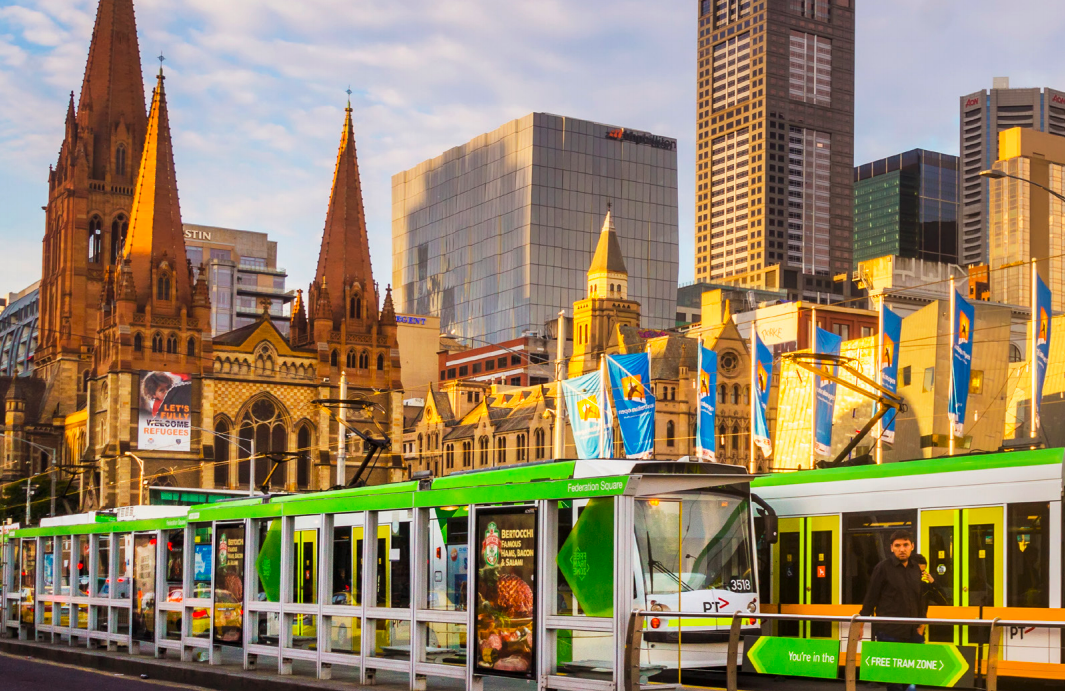Busting Australia’s Urban Congestion Woes
Contributed by Shane Preston, executive at Nearmap
It is said that you should invest in the three things you spend the most time using: your bed, your shoes, and your car.
The latter has never been more relevant to modern day Australians who are spending more time in vehicles due to unprecedented traffic congestion, a growing issue that demands our nation’s attention.
Congestion is costing the Australian economy an estimated $16 billion a year in lost productivity, a figure predicted to balloon to more than $50 billion by 2031 unless addressed. It’s no wonder the government recently announced a $1 billion urban congestion fund as part of the 2018 federal budget.
The spend will go towards removing “pinch points” in the nation’s major cities, improving safety and helping traffic move more efficiently. Despite these intentions, our congestion woes will not be solved overnight. As the population continues to expand, potentially reaching 46 million by 2075, so will urban congestion if development doesn’t keep pace.
Related Reading: Sydney’s Metropolis of Three Cities Moves Ahead
Tipping point
Unsure about how bad congestion really is in Australia? Consider this. The average speed of Sydney’s road network, the slowest in the country, is even worse than New York, a city with over 50 per cent more residents than Sydney.
Unfortunately, Melbourne and Brisbane are not far behind.
On average, motorists in Australia’s major cities are now spending an extra 27 minutes a day on the road due to congestion.
Australia has reached a tipping point where major cities’ roadways are struggling to accommodate the rapid influx of people. A large contributing factor to congestion is our country’s incredible urban sprawl.
According to a 2018 Demographia survey, most major Australian cities rank among the largest by size as well as the least densely populated in the world.
This combination of existing high levels of traffic congestion and our rapidly expanding population has forced state governments to accelerate the building of major transport infrastructure, a trend that was addressed in the federal budget.
Across the country, there are major new arterial roadways being developed such as Sydney’s WestConnex or Adelaide’s Torrens Road, and public transport extensions, like Perth’s Metronet and Brisbane’s Cross River Rail.
Alongside these transport developments, urban sprawl has necessitated the construction of other vital infrastructure projects like hospitals, shopping centres and schools to service the growing local fringe communities around our cities and reduce their need for long distance travel. This trend is characterised by recent developments such as the Coomera Town Centre in SE Queensland, Perth’s New Children’s Hospital and the upgrade of schools in western Sydney.
These are among a host of developments that if executed successfully will help Australia accommodate an ever-growing population. But with many projects only just entering the planning phase, we’re facing a long, but necessary, transition period for our country’s infrastructure.
Related: Melbourne Plan to Remove Cars from the City

Planning ahead
A 2017 report by Arcadis revealed Australia’s major cities fare poorly in a global ranking of mobility (how well they allow their citizens to move around), rating worse than what we might regard as less developed cities, such as Chennai, Macau and Sao Paulo.
This can partially be attributed to our lack of focus on long-term planning which is now seeing congestion-stricken cities like Sydney having to play catch up with infrastructure.
Constructing, and in some cases retrofitting necessary developments while keeping within budget and on schedule is no mean feat. As such it is crucial that proper attention is paid to the planning process. Access to the best technology tools, like location intelligence, is vital for strategic, long-term planning.
Related: Sydney a 'Second Tier' City: Report
Eye from the sky
The adoption of innovative technology by key stakeholders will play a crucial role in the successful delivery of planned infrastructure projects. Just as we must maintain our patience through the inconveniences of a congested transition period, there is an onus on planners and developers to make use of the modern technology at their fingertips to ensure each project is delivered with optimum efficiency and quality.
Commonplace tools to aid the planning and development process such as aerial imagery, 3D rendering and data visualisation were not a luxury afforded to city planners and developers addressing congestion woes 20 to 30 years ago.
Access to a historical library of high resolution aerial imagery means planners can analyse previous trends and changes to the proposed development site. This helps to forecast demographic and environmental shifts allowing them to keep a long-term lens on project progression.
Additionally, frequently updated imagery vastly reduces the need for in-person site visits. A recent survey by Nearmap aerial imagery company of its customers, showed 84 per cent of surveyed Nearmap users save 2-5 hours or more per week through remote access.
This means less vehicles on the roads and more time for strategic planning, cost reduction and effective community communication throughout the construction lifecycle.
And that’s just the beginning. Technology has become ubiquitous and is progressing rapidly. Just as Nearmap prepares to take its aerial imagery into the third dimension, new innovations are being introduced to the market such as telematics and real-time traffic information, all which are set to ease congestion.
Our time is precious and reducing congestion in our cities is one way to improve our nation’s productivity and quality of life. We are fortunate to be living in an age where innovative transport projects are not only possible but also made easier with the technological tools at our disposal.
The issue of traffic congestion won’t be solved in the immediate future but by using the technology on offer, we can work towards a free-flowing and well-connected Australia for generations to come.

Shane Preston is Nearmap’s executive vice president of sales for Australia. Shane is responsible for driving the business strategies and the commercial organisation to ensure continued revenue growth in the Australian market.
The Urban Developer will occasionally publish opinion pieces written by outside contributors representing a wide range of viewpoints.














